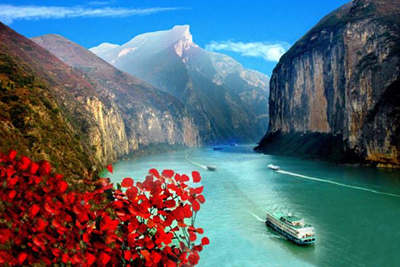Chinese Winter Solstice Festival (Dongzhi)
The Chinese Winter Solstice Festival or Dongzhi Festival is one of the 24 solar terms and one of the most celebrated traditional festivals for Chinese and Asian people like Japanese, Koreans, and Vietnamese. Winter Solstice is called Dongzhi (Chinese:冬至, pinyin: Dōngzhì) in China, literally "the Extreme of Winter".
If you a foreigner and want to say to a Chinese friend “Happy Winter Solstice Festival” in Chinese, remember the phrase “冬至快乐” (pinyin: Dōng zhì kuài lè).
When is the Chinese Winter Solstice Festival 2025
The Winter Solstice is not on a fixed date. It falls on December 21, 22 or 23 in Gregorian calendar. Dongzhi Festival 2025 is on December 21st. To be more precise, it is at 17:20:20 in Northern Hemisphere.
| Year | Date | Day |
|---|---|---|
| 2021 | December 21 | Tuesday |
| 2022 | December 22 | Thursday |
| 2023 | December 22 | Thursday |
| 2024 | December 21 | Saturday |
| 2025 | December 21 | Saturday |
What is Chinese Winter Solstice Festival?
Winter Solstice is the 22nd solar term of the 24 solar terms of the Traditional Chinese Calendar. The origin of winter solstice could be traced back to Yin and Yang philosophy and balance in cosmos. Ancient Chinese believed that after this day, the day become longer and positive energy increased which resulted from the Yang's increasing while night become shorter with Yin's decreasing. As early as 2,500 years ago, Chinese people had determined the point of winter solstice by observing movements of sun with sundial. It is the earliest solar term set by people. In the Northern hemisphere today is the shortest daytime and longest nighttime of the year.
In China, Dongzhi was a winter celebration and originally celebrated as an end-of-harvest festival in China. Today, it is observed with a family reunion over the long night, also named "Chinese Thanksgiving". Family members get together at a banquet to drink mellow wine and eat delicate food, such as dumpling and tangyuan. In some regions of South China, the winter Solstice is as important as the Spring Festival, and also called "second to Spring Festival " (Chinese: 亚岁, pinyin: yà suì) and "little Spring Festival" (Chinese: 小年, pinyin: xiǎo nián).
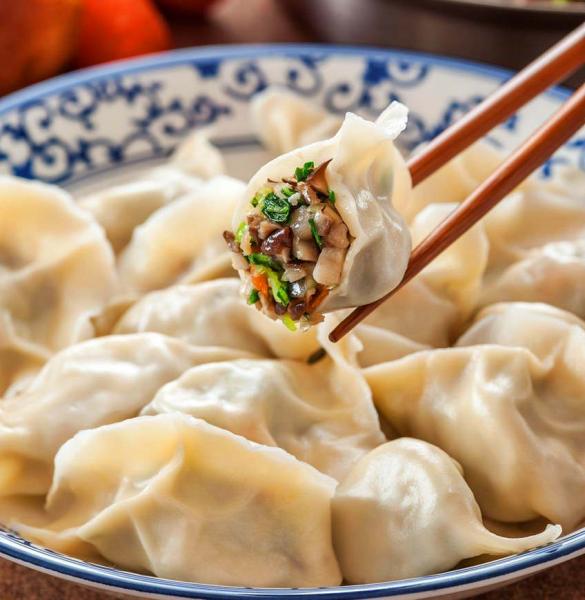
History of Winter Solstice Festival in China
Dongzhi Festival was first celebrated during Han Dynasty (206 BC-220 AD), and people regarded it as "Winter Festival" in China. Officials would organize celebrations and have a rest, while ordinary spent the day with their relatives and presenting delicious food. Stores and other business closed even army stationed in. In Tang and Song Dynasty, scarifies were offered to heaven and ancestors and other deceased relatives, Emperors would worship the Heaven. In Qing Dynasty, people took it as formal as the Spring Festival.
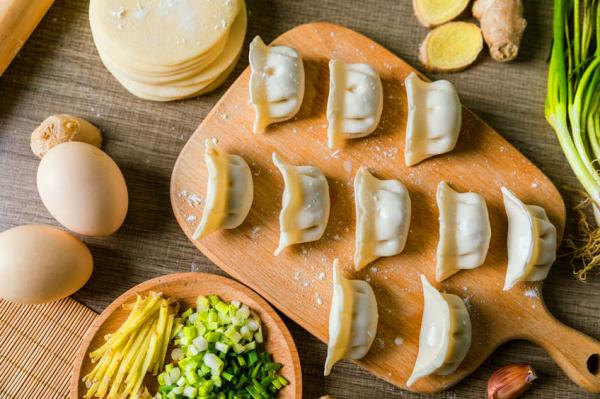
Winter Solstice Festival Traditions and Customs
People in ancient agrarian societies had regular festivals when they chose days to worship gods and ancestors after they settled down to work. The early Chinese festival culture reflected the ancient people's humanistic spirit of nature worship and unity of man and nature. The Chinese winter Solstice Festival is both a natural solar term and a traditional festival for ancestor worship.
The Winter Festival was widely celebrated in the Tang and Song dynasties. After the Song Dynasty, festivals were held to offer sacrifices to ancestors and gods. During the Winter solstice of the Ming and Qing dynasties, the emperor held a ceremony to worship the heaven.
Winter Solstice worship, feasting activities and other traditions hence form the Winter Solstice customs. Due to the different customs in different places, ancestor worship forms are also different. While offering sacrifices to the ancestors, some places also offered sacrifices to the gods of heaven and earth. The offerings mainly include three-animal meals, three teas and five wines. Many places still maintain the traditional custom of offering sacrifices to heaven and ancestors on the winter solstice.
Chinese Celebrate Winter Solstice Festival with Traditional Foods & Activities
There are different foods and activities in the north and south of China to celebrate winter Solstice. Various Winter Solstice festival foods: dumplings, glutinous rice dumplings (also called tangyuan or sweet dumplings), fried dough dumplings, Pumpkin cake of Hefei, etc.
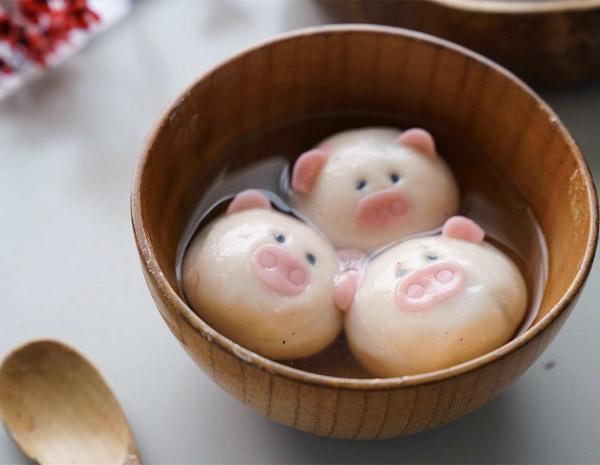
In South China
Regarded as one of the most important Chinese festivals celebrated in winter, the Winter Solstice is a time for family getting together, especially for families in southern China or overseas Chinese.
Many coastal areas have the traditional custom of worshipping ancestors on the Winter Solstice Festival. Every family put their ancestors' statues and memorial tablets in the hall, set up altars and set up incense burners and offerings. At the same time, some places also offer sacrifices to gods of heaven and earth to pray for good weather and harmony in the coming year.
On the day of winter Solstice, most People in Guangdong province have the custom of eating roasted meat and ginger fried rice. In Chaoshan, people have meat ball, while Hakka people make wine during the winter Solstice as they believe that the water at the winter Solstice tastes the mellowest.
In other parts of Southern China, especially in Zhejiang and Jiangsu Province, to celebrate Winter Solstice festival, people would make and eat tangyuan, a kind of dumpling made of glutinous symbolizing family reunion. One of the most popular Dongzhi foods, tangyuan could be used to sacrifices to ancestors or be the gift to relatives and friends.
Each family member receives at least one large tangyuan in addition to several small ones. The flour balls may be plain or stuffed. Tangyuan with stuff is used to honor the ancestors at night ceremony while tangyuan without stuff used to worship Gods in the morning ceremony. Also, there is a tradition eating long noodles in the hope of long life.
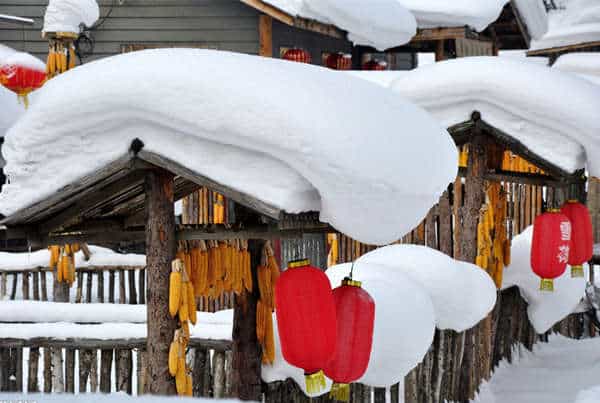
In North China
In northern China, dumping is a must-have Dongzhi festival food. Eating dumplings on Winter Solstice means gaining positive energy and getting rid of negative power. There is an old saying, "On October 1st (of Chinese lunar calendar), as the winter solstice is coming, every family eats dumplings.
Red bean porridge is welcomed in Shaanxi since it is considered effective to avoid ghosts and epidemic disease. Taiwan people make cakes in shape of chicken, pig, cow or sheep, all are signifying the auspiciousness in Chinese culture.
In Tengzhou, Shandong province, Winter Solstice is called Shujiu (Chinese: 数九, pinyin: shǔ jiǔ, literally: the nine periods following the winter solstice), and gifts such as mutton are given to elders before the festival. Every family has mutton soup, which is a good omen for individuals, elders and families.
>> We recommend 4-day Harbin and Snow Town tour to experience the vibe of Dongzhi Festival and China winter celebration.

